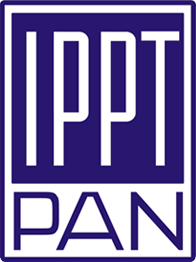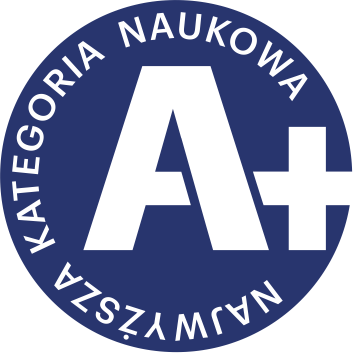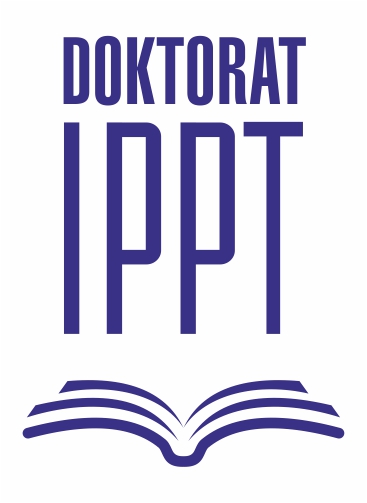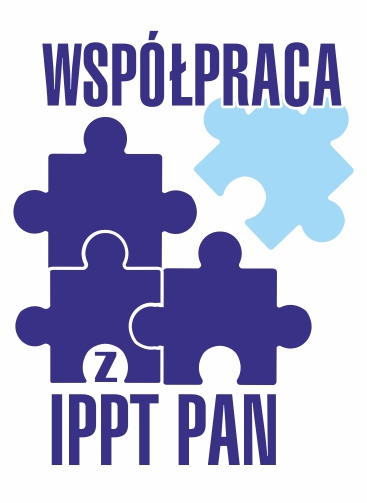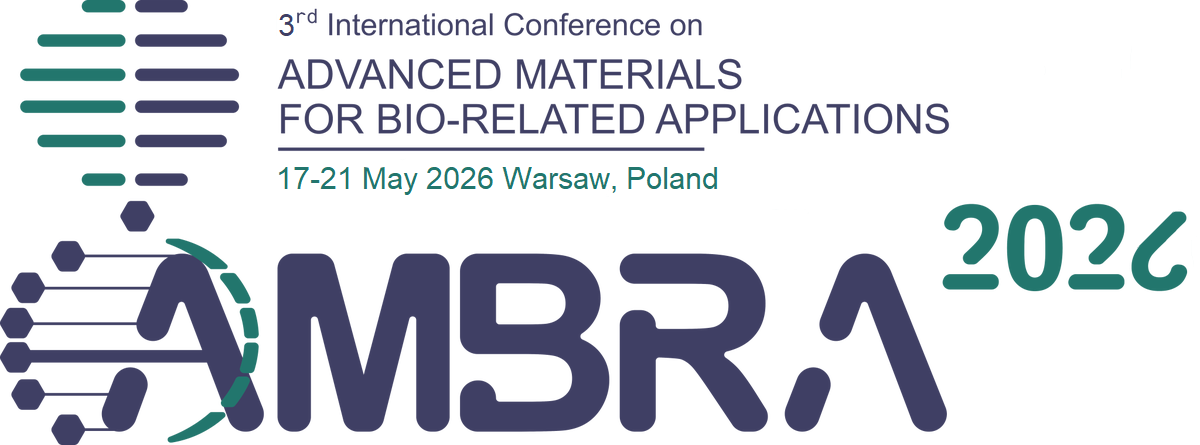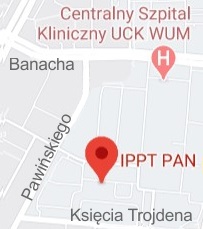| 1. |
Klimonda Z., Jarosik P., Karwat P., Byra M., Lewandowski M. J.♦, Accelerating Ultrasound Computer Tomography Data Acquisition Using a Deep Convolutional Neural Network,
IEEE IUS 2025, International Ultrasonics Symposium, 2025-09-15/09-18, Utreht (NL), pp.1-3, 2025 Streszczenie:
Ultrasound Computer Tomography (USCT) enables
imaging of the spatial distribution of physical parameters, such as speed of sound and acoustic attenuation. These parameters are highly relevant in the context of tissue diagnostics, as pathological regions, for example tumors, often exhibit distinct attenuation and speed-of-sound characteristics compared to healthy tissue.Achieving USCT imaging at a clinically reasonable frame rate presents a number of challenges. The frame rate is constrained by several factors: the time of flight of ultrasound pulses between the source and the receivers, the number of transmit/receive events, the transfer of acquired data to the host computer, and
the time required for data processing and image reconstruction.
Among these, the physical limitations imposed by the time of
flight—necessary for a pulse to fully traverse the imaged ob-
ject—are particularly critical. While data transfer and processing times may be reduced through hardware acceleration and soft-ware optimization, these fundamental physical constraints cannot be circumvented in the same manner. Consequently, the reduction of the number of transmissions remains the only practical strategy to decrease this component of the total acquisition time.Although such a reduction generally results in some deterioration of image quality, this degradation can be mitigated through interpolation. This strategy shortens both the acquisition and data transfer stages, while shifting the computational burden to more intensive data processing. The objective of the present study is to demonstrate a proof of concept for this approach in USCT imaging, employing a neural network–based interpolator to restore image quality. Afiliacje autorów:
| Klimonda Z. | - | IPPT PAN | | Jarosik P. | - | IPPT PAN | | Karwat P. | - | IPPT PAN | | Byra M. | - | IPPT PAN | | Lewandowski M. J. | - | inna afiliacja |
|  |
| 2. |
Dłużewski P., Jarosik P., Lattice distortion tensor fields in preprocessing of atomistic models of dislocations,
m3MS, International Workshop On Multiscale, Multiphysics, And Multidisciplinary Research On Materials And Structures, 2025-09-24/09-26, Singapore (SG), pp.48-48, 2025 Streszczenie:
Various methods for reconstruction of atomistic models of dislocations and stacking faults in crystalline heterostructures are discussed. In molecular dynamics, for example, the atomistic models of dislocations are often obtained by means of elastic-plastic relaxation of a perfect crystal lattice subjected to external loading. Such a method does not give the possibility for emerging atomistic models of an arbitrarily chosen network of dislocations. This problem concerns many sets of dislocations observed by means of the high-resolution transmission electron microscopy (HRTEM). In this presentation we discuss a deterministic method for obtaining atomistic models of dislocations. The method is based on the sequential inserting of single dislocations into the crystal lattice. In this case, the analytic formulas for gliding of single dislocations in elastic continuum are used. The method is based on the symbolic algebra of elemental lattice distortion tensor fields. Contrary to the linear strain and linear rotation measures, the lattice distortion tensor is the correct measure of finite deformation. Thus, on the basis of lattice distortion tensor field, many different tensor fields of finite strain and finite rotation of the elements of crystal lattice can be determined uniquely. Among others, this enables generation of atomistic models in terms of finite deformation approach.
The method presented here links: (i) the analytic formulas for lattice distortion tensor fields derived from the linear theoryof dislocations, (ii) the finite deformation algebra of distortion fields, and (iii) the atom-by-atom reconstruction of dislocations including their core structures. This method has been implemented in a visual editor of dislocations. Configurations of atoms obtained in this way satisfy the stress equilibrium equations in terms of the linear elasticity. On the other hand, the spatial Burgers vectors of dislocations are stretched and rotated to each other according to the finite deformation theory. During generation of atomistic models, such reconstructed crystal lattice is intersected by the discontinuities corresponding to the insertions of subsequent dislocations along deformed slip planes.
Independently of the atomistic models, a method for generation of finite element (FE) models being the continuous counterpart of the atomistic ones is also discussed. The finite element models discussed are based on the use of the continuous distortion tensor field extracted from 2D or 3D HRTEM images of dislocations. In result, two models are obtained: FE model and the atomistic one which can be embedded in the FE mesh. Such generated atomistic and FE meshes of defects are used as the input data for modelling by means of the ab-initio method, molecular dynamics, statics, and other atomistic methods.
An example of a WYSIWYG editor for generation of atomistic and FE meshes is presented. The program, the Visual Editor of Crystal Defects, has been written with the use of C++, Qt4 and OpenGL. Its successor, Wurtzite, written in Python, is also presented in brief.
Słowa kluczowe:
dislocations, editor of crystal defects, distortion tensor fields, algebra of dislocations Afiliacje autorów:
| Dłużewski P. | - | IPPT PAN | | Jarosik P. | - | IPPT PAN |
|  |
| 3. |
Dłużewski P., Jarosik P., Atomistic reconstruction of dislocations based on tensor algebra of lattice distortion fields,
ICMM8, 8th International Conference on Material Modelling , 2024-07-15/07-17, Londyn (GB), pp.39-39, 2024 Streszczenie:
Atomistic models of dislocations in crystalline structures are often obtained by means of elastic-
plastic relaxation of a perfect crystal lattice subjected to external loading. Another method is based
on inserting of single dislocations into the perfect lattice. In this case the analytic formulas for the
glide of a single dislocation in elastic continuum are used. The methods mentioned above do not
give the possibility for emerging atomistic model of an arbitrary chosen network of dislocations. This
problem concerns many sets of dislocations observed by means of high resolution transmission
electron microscopy. In this presentation we introduce a deterministic method for obtaining atomistic
models of dislocations. The method is based on the use of symbolic algebra of elemental lattice
distortion tensor fields. Contrary to the linear strain and rotation measures, the lattice distortion
tensor is the correct measure of finite deformation. Thus, on the basis of distortion field, many
different tensor fields of finite strains and rotations can be determined uniquely. This enables
generation of atomistic models in terms of finite deformation approach [1,2]. The method presented
here links: (i) the analytic formulas for lattice distortions derived from the linear theory of dislocations,
(ii) the finite deformation algebra of distortion fields, and (iii) the atom-by-atom reconstruction of
dislocations including their core structures. This method has been implemented in a visual editor of
dislocations. Configurations of atoms obtained in this way satisfy the stress equilibrium equations in
terms of linear elasticity. On the other hand, the spatial Burgers vectors of dislocations are stretched
and rotated to each other according to the finite deformation theory. The resultant net of atoms can
used as input data to ab-initio and/or molecular dynamics programs to find a low energy configuration
corresponding to a given interatomic potential.
[1] Łażewski J., Jochym P.T., Piekarz P., Sternik M., Parlinski K., Cholewiński J., Dłużewski P.,
Krukowski S., J. Mater. Sci. 54, 10737-10745, 2019.
[2] Cholewiński J., Maździarz M., Jurczak G., Dłużewski P., Int. J. Multiscale Comp. Eng. 9, 411-421,
2014. Afiliacje autorów:
| Dłużewski P. | - | IPPT PAN | | Jarosik P. | - | IPPT PAN |
|  |
| 4. |
Cacko D., Jarosik P., Lewandowski M., Real-time Shear Wave Elastography Implementation on a Portable Research Ultrasound System with GPU-accelerated Processing,
IEEE IUS 2023, International Ultrasonics Symposium (IUS) , 2023-09-03/09-08, Monteral (CA), DOI: 10.1109/IUS51837.2023.10307608, pp.1-4, 2023 Streszczenie:
In this work, we present a low-cost, portable, and fully configurable ultrasound system implementing 2-D real-time Shear Wave Elastography (SWE) imaging mode. To achieve that we have enhanced the transmit capabilities of the 256 TX/64 RX us4R-lite research system, developed by our team, to support push pulses generation. This system was combined with a signal processing pipeline reconstructing stiffness maps from raw RF data. Real-time imaging performance was provided by an efficient reconstruction algorithm execution that incorporated graphics processing unit (GPU). The overall system performance was assessed experimentally using an industry-standard elasticity Q/A phantom. Relevant reconstruction parameters were evaluated in terms of reconstruction time. The system achieved stiffness estimation with a bias <5% and SNR of 30 dB and was able to detect lesions of size >4 mm and various stiffness with CNR in the range of 13–17 dB. The system throughput of up to 5 fps has been achieved on a PC notebook equipped with NVIDIA RTX 3060 GPU. Afiliacje autorów:
| Cacko D. | - | IPPT PAN | | Jarosik P. | - | IPPT PAN | | Lewandowski M. | - | IPPT PAN |
| 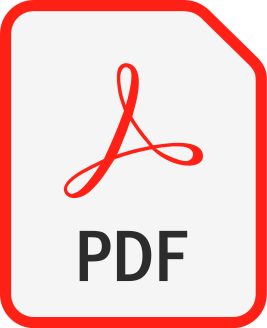 |
| 5. |
Dłużewski P., Jarosik P., Reconstruction of atomistic models of dislocation networks, based on lattice distortion tensor fields algebra,
The 5-th Polish Congress of Mechanics and the 25-th International of Computer Methods in Mechanics, 2023-09-03/09-07, Gliwice (PL), pp.1, 2023 Słowa kluczowe:
Ab-initio, atomistic modeling, tensor fields, dislocation fields algebra, lattice distortions, visualization methods Afiliacje autorów:
| Dłużewski P. | - | IPPT PAN | | Jarosik P. | - | IPPT PAN |
|  |
| 6. |
Tauzowski P., Jarosik P., Żarski M.♦, Wójcik B.♦, Ostrowski M., Blachowski B.♦, Jankowski Ł., Computer vision-based inspections of civil infrastructure,
Modelling in Mechanics 2022, 2022-05-26/05-27, Rožnov pod Radhoštěm (CZ), pp.1-7, 2022 Streszczenie:
The uNET neural network architecture has shown very promising results when applied to semantic segmentation of biomedical images. The aim of this work is to check whether this architecture is equally applicable to semantic segmentation distinguishing the structural elements of railway viaducts. Artificial images generated by a computer graphics program rendering the 3D model of the viaduct in a photorealistic manner will be used as data sets. This approach produces a large number of
images that provide a solid training set for machine learning model. Słowa kluczowe:
Computer vision, deep learning, semantic segmentation Afiliacje autorów:
| Tauzowski P. | - | IPPT PAN | | Jarosik P. | - | IPPT PAN | | Żarski M. | - | Institute of Theoretical and Applied Informatics, Polish Academy of Sciences (PL) | | Wójcik B. | - | Institute of Theoretical and Applied Informatics, Polish Academy of Sciences (PL) | | Ostrowski M. | - | IPPT PAN | | Blachowski B. | - | inna afiliacja | | Jankowski Ł. | - | IPPT PAN |
|  |
| 7. |
Jarosik P.♦, Byra M., Lewandowski M., Waveflow - Towards Integration of Ultrasound Processing with Deep Learning,
IUS 2018, IEEE International Ultrasonics Symposium, 2018-10-22/10-25, KOBE (JP), pp.1-3, 2018 Streszczenie:
The ultimate goal of this work is a real-time processing framework for ultrasound image reconstruction augmented with machine learning. To attain this, we have implemented WaveFlow – a set of ultrasound data acquisition and processing tools for TensorFlow. WaveFlow includes: ultrasound Environments (connection points between the input raw ultrasound data source and TensorFlow) and signal processing Operators (ops) library. Raw data can be processed in real-time using algorithms available both in TensorFlow and WaveFlow. Currently, WaveFlow provides ops for B-mode image econstruction (beamforming), signal processing and quantitative ultrasound. The ops were implemented both for the CPU and GPU, as well as for built-in automated tests and benchmarks. To demonstrate WaveFlow’s performance, ultrasound data were acquired from wire and cyst phantoms and elaborated using selected sequences of the ops. We implemented and valuated: Delay-and-Sum beamformer, synthetic transmit aperture imaging (STAI), planewave imaging (PWI), envelope detection algorithm and dynamic range clipping. The benchmarks were executed on the NVidiaR Titan X GPU integrated in the USPlatform research scanner (us4us Ltd., Poland). We achieved B-mode image reconstruction frame rates of 55 fps, 17 fps for the STAI and the PWI algorithms, respectively. The results showed the feasibility of realtime ultrasound image reconstruction using WaveFlow operatorsin the TensorFlow framework. WaveFlow source code can be found at github.com/waveflow-team/waveflow. Afiliacje autorów:
| Jarosik P. | - | inna afiliacja | | Byra M. | - | IPPT PAN | | Lewandowski M. | - | IPPT PAN |
|  |



















